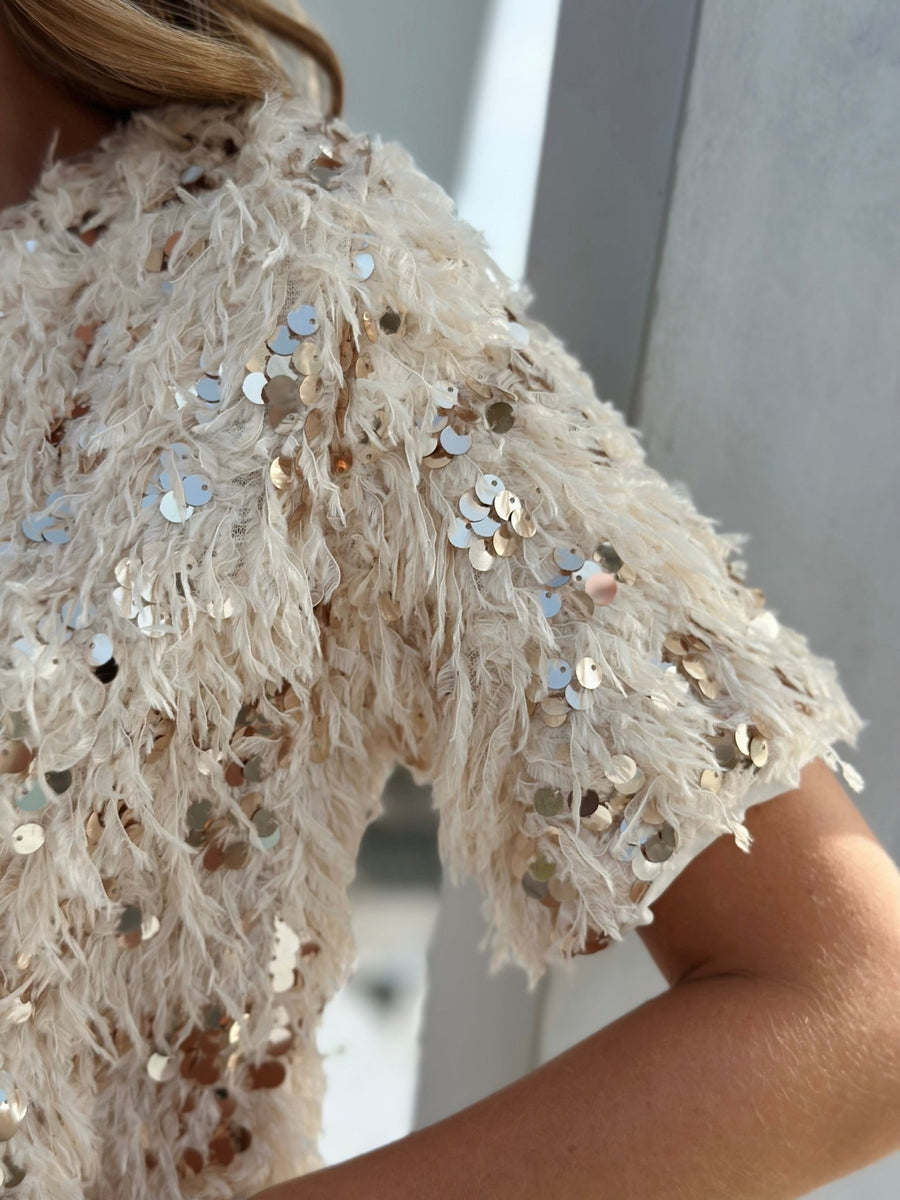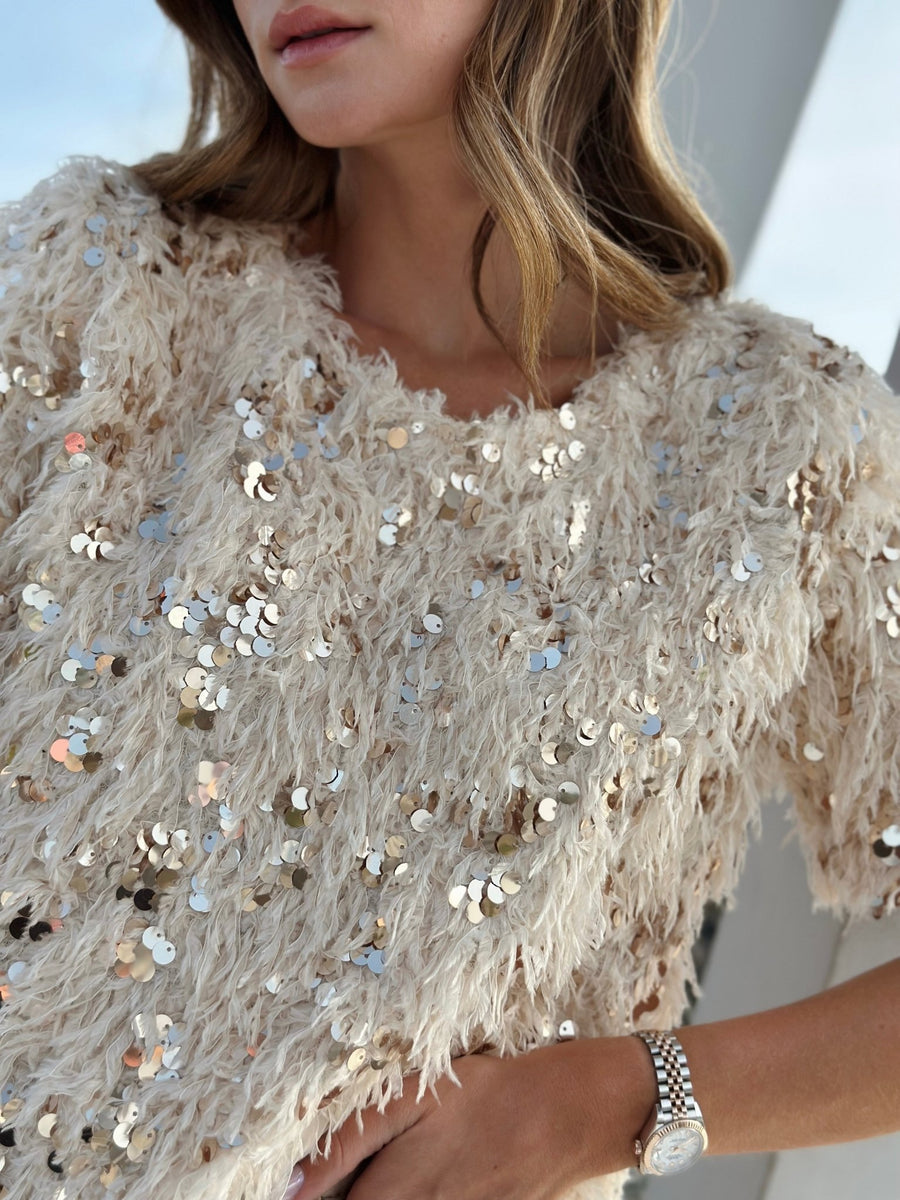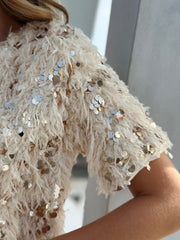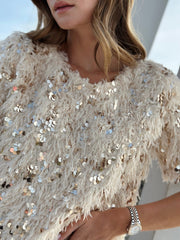The sweater is a winter staple, but choosing the right one starts with understanding the different materials it's made of. Between comfort, warmth, and care, each material has its own unique characteristics. Here's a detailed guide to help you make informed choices.
1. Wool: the timeless classic
-
Features :
Wool is a natural fiber derived from the fleece of sheep. It is known for its warmth and ability to insulate while regulating temperature. -
Benefits :
- Excellent thermal insulation.
- Naturally breathable, it wicks away moisture.
- Strong and durable if well maintained.
-
Disadvantages :
- May be irritating to sensitive skin.
- Requires specific care (hand wash or cold wash).
-
Care instructions :
Use a mild wool detergent and avoid twisting the sweater to avoid distorting the fibers.
2. Cashmere: luxury and softness
-
Features :
Cashmere comes from cashmere goats, offering an incredibly soft and lightweight texture while being very warm. -
Benefits :
- Incomparable softness.
- Exceptional warmth despite its lightness.
- Elegant and refined appearance.
-
Disadvantages :
- High price.
- Tendency to pill over time.
- Fragile, requires meticulous care.
-
Care instructions :
Hand wash cashmere with a special detergent or take it to the dry cleaners. Store it flat to avoid deformation.
3. Cotton: for softness and versatility
-
Features :
A natural fiber from cotton plants, it is often used for lightweight or mid-season sweaters. -
Benefits :
- Soft and comfortable.
- Easy to maintain (machine washable).
- Hypoallergenic, ideal for sensitive skin.
-
Disadvantages :
- Poor insulation in cold weather.
- Less elastic, which can lead to loss of shape over time.
-
Care instructions :
Wash at 30°C to avoid shrinkage and air dry.
4. Acrylic: economical but less durable
-
Features :
A synthetic fiber often used for affordable sweaters, it sometimes imitates wool or cashmere. -
Benefits :
- Affordable price.
- Lightweight and easy to maintain.
- Moth resistant.
-
Disadvantages :
- Less breathable, may cause a damp feeling.
- Tends to pill quickly.
- Less insulating in cold weather.
-
Care instructions :
Wash cold to preserve the fibers and prevent the rapid appearance of pilling.
5. Merino wool: the perfect balance
-
Features :
A natural fiber from merino sheep, it is renowned for its finesse and softness. -
Benefits :
- Soft, does not scratch.
- Excellent thermal regulation.
- Light but warm.
-
Disadvantages :
- Slightly higher cost than classic wool.
- Delicate maintenance.
-
Care instructions :
Use a wool cycle or hand wash with a mild detergent.
6. Mohair: glamour and warmth
-
Features :
Natural fiber from the Angora goat, often blended with other materials for added structure. -
Benefits :
- Very warm and light.
- Unique fluffy effect.
- Ideal for sophisticated looks.
-
Disadvantages :
- May irritate sensitive skin.
- Tendency to lose fibers.
-
Care instructions :
Hand wash and avoid rubbing to preserve the fluffy appearance.
Conclusion
Each material has its strengths and limitations. The choice will depend on your priorities: are you looking for a warm, stylish, or easy-care sweater? By understanding the specific characteristics of each fiber, you can invest in pieces that match your needs and lifestyle.
































